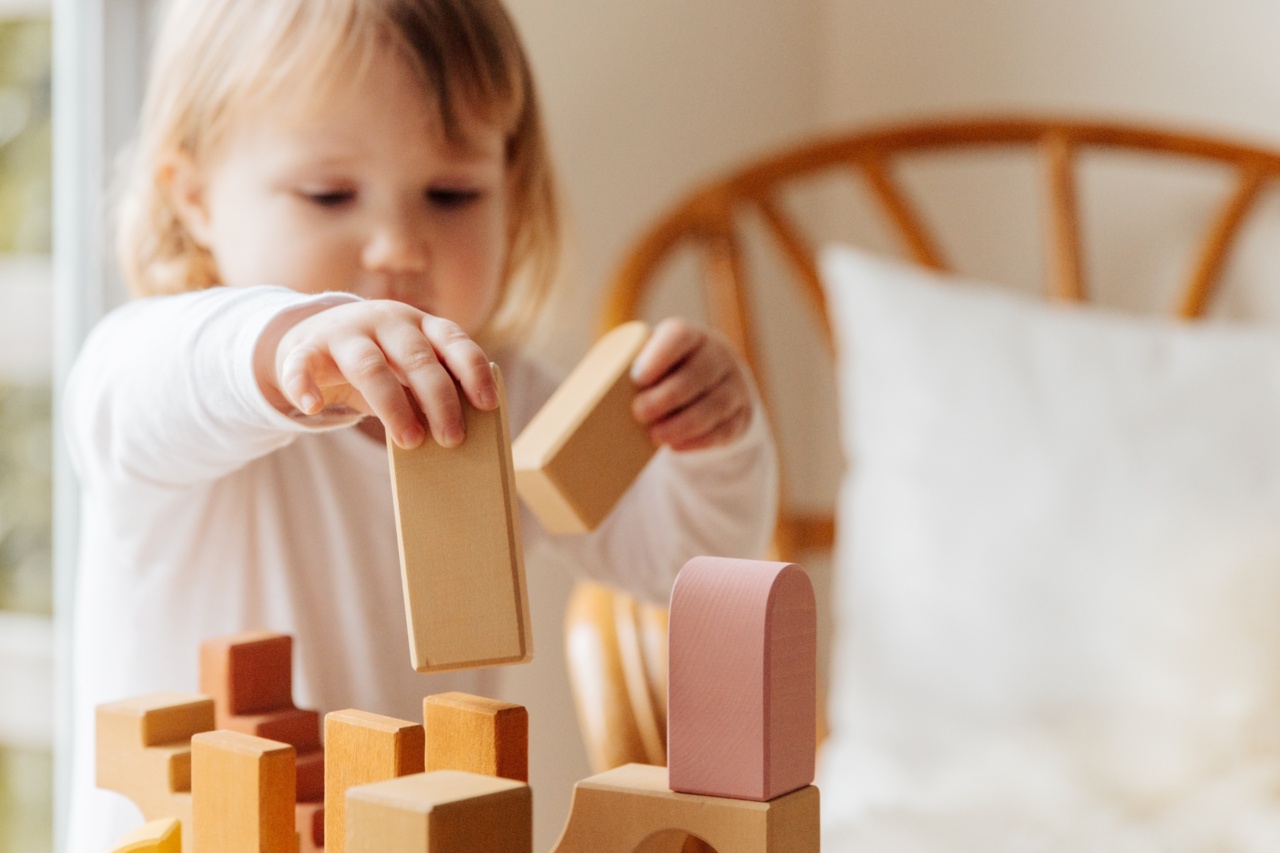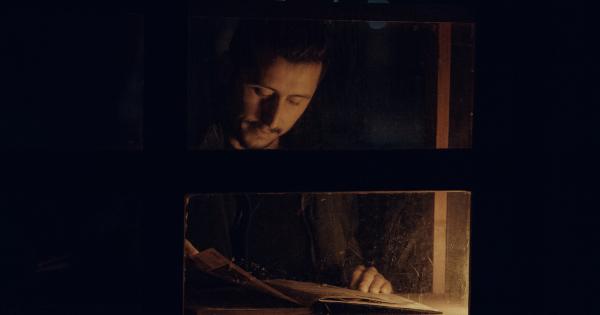As parents, it is important to understand the various milestones that our children go through as they grow and develop. By being aware of these milestones, we can better support and encourage their development.
In this guide, we will explore the key developmental milestones in a child’s life, from infancy to adolescence.
Infancy (0-12 months)
During the first year of life, babies undergo rapid physical, cognitive, and emotional development. Here are some important milestones to look out for:.
Gross Motor Skills
– By 3 months, most babies can lift their heads momentarily while lying on their stomachs. – At around 6 months, they can sit with support and may start rolling over. – By 9 months, they can sit unsupported and may begin to crawl or pull themselves up.
Fine Motor Skills
– At around 3 months, babies start to reach for objects and may begin to grasp them. – By 6 months, they can hold objects and transfer them from one hand to another. – Around 9 months, they can pick up small objects using the pincer grasp.
Cognitive Development
– At around 2 months, babies start to recognize familiar faces and objects. – By 6 months, they can imitate simple actions and begin to understand cause and effect. – Around 9 months, they can point to objects they want and understand simple instructions.
Language Development
– By 3 months, babies begin to coo and babble. – At around 6 months, they start making repetitive sounds and respond to their names. – By 12 months, they can say simple words like “mama” or “dada” and understand basic commands.
Toddlerhood (1-3 years)
Toddlers continue to experience significant growth and development, both physically and mentally. Here are some milestones commonly seen during this stage:.
Gross Motor Skills
– By 15 months, most toddlers can walk independently. – At around 2 years, they can start running and climbing stairs with assistance. – By 3 years, they can jump, kick a ball, and pedal a tricycle.
Fine Motor Skills
– Around 18 months, toddlers can stack blocks and turn pages of a book. – At 2 years, they can build towers of 4-6 blocks and scribble with crayons. – By 3 years, they can copy simple shapes and use utensils to eat.
Cognitive Development
– At 18 months, toddlers begin to understand the concept of object permanence. – Around 2 years, they can sort objects by shape and color. – By 3 years, they can complete simple puzzles and engage in imaginative play.
Language Development
– At 18 months, toddlers start using simple words and phrases. – By 2 years, they can form 2-3 word sentences and understand simple questions. – Around 3 years, they can carry on basic conversations and use pronouns correctly.
Preschool (3-5 years)
Preschoolers show significant advancements in their physical, cognitive, and social skills. Here are some key milestones during this stage:.
Gross Motor Skills
– By 4 years, most children can hop on one foot and catch a ball. – At 5 years, they can skip, jump rope, and ride a bicycle without training wheels.
Fine Motor Skills
– Around 4 years, children can cut with scissors and trace basic shapes. – At 5 years, they can tie shoelaces and draw recognizable pictures.
Cognitive Development
– By 4 years, children can understand the concept of numbers and count objects. – At 5 years, they can recognize and write letters of the alphabet and their own name. – They also show improved memory and problem-solving skills.
Language Development
– By 4 years, children can engage in more complex conversations and tell stories. – At 5 years, they can speak in full sentences and use correct grammar most of the time. – They also demonstrate a growing vocabulary and understanding of concepts.
Adolescence (12-18 years)
The adolescent stage is marked by significant physical, emotional, and cognitive changes. Here are some milestones commonly seen during this period:.
Physical Development
– Adolescents experience growth spurts and significant changes in their body shape. – Girls may start menstruating, and boys go through voice changes and facial hair growth. – They develop secondary sexual characteristics and experience increased strength.
Cognitive Development
– Adolescents develop abstract thinking abilities and start exploring their own identity. – They become more capable of thinking critically and solving complex problems. – They also enhance their planning, decision-making, and reasoning skills.
Social and Emotional Development
– Adolescents seek more independence and build stronger relationships outside of their family. – They develop a greater sense of empathy and become more aware of social issues. – They may experience mood swings and exhibit a desire for peer acceptance.
Conclusion
Understanding the various milestones in child development allows parents to support and nurture their children appropriately.
Each child develops at their own pace, so it’s essential to celebrate their achievements and provide a supportive environment. By familiarizing ourselves with these milestones, we can better appreciate the marvelous journey of growth our children embark upon.




























